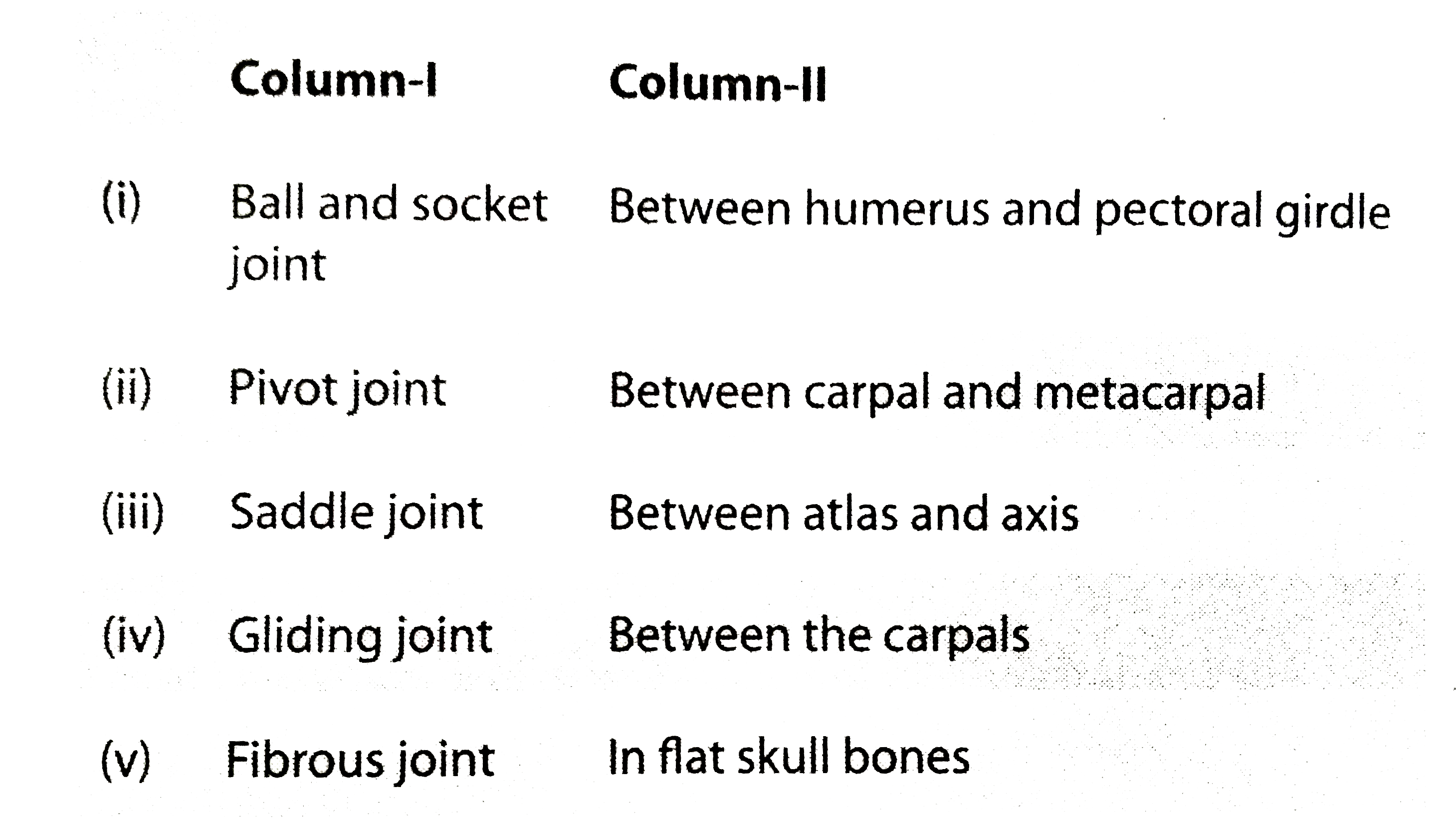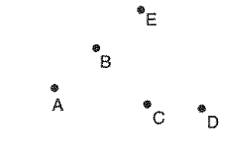There are four light-weight-rod sample A, B, C, D separately suspended by threads. A bar magnet is slowly brought near each sample and the following observations are noted
(i) A is feebly repelled
(ii) B is feebly attracted
(iii) C is strongly attracted
(iv) D remains unaffected
Which one of the following is true?
(a) C is of diamagnetic material
(b) D is of paramagnetic material
(c) A is of non magnetic material
(d) B is of paramagnetic material
The correct Answer is:D
To solve the problem, we need to analyze the behavior of the four samples (A, B, C, and D) when a bar magnet is brought near them. Based on the observations, we can categorize each sample based on its magnetic properties.
1. Identify the Behavior of Each Sample:
- Sample A is feebly repelled.
- Sample B is feebly attracted.
- Sample C is strongly attracted.
- Sample D remains unaffected.
2. Determine the Type of Material for Each Sample:
- Sample A (Feebly Repelled):
- This behavior indicates that Sample A is a diamagnetic material. Diamagnetic materials are characterized by their weak opposition to an external magnetic field, resulting in a feeble repulsion.
- Sample B (Feebly Attracted):
- Sample B's feeble attraction suggests that it is a paramagnetic material. Paramagnetic materials have unpaired electrons that align with an external magnetic field, leading to a weak attraction.
- Sample C (Strongly Attracted):
- The strong attraction of Sample C indicates that it is a ferromagnetic material. Ferromagnetic materials have a strong response to magnetic fields due to their aligned magnetic dipoles, resulting in strong attraction.
- Sample D (Remains Unaffected):
- Since Sample D shows no response to the magnetic field, it is classified as a non-magnetic material. Non-magnetic materials do not exhibit any magnetic properties.
3. Summarize the Findings:
- Sample A: Diamagnetic
- Sample B: Paramagnetic
- Sample C: Ferromagnetic
- Sample D: Non-magnetic
4. Conclusion:
- Based on the observations and the classifications, the correct identification of the samples is:
- A is diamagnetic (feebly repelled)
- B is paramagnetic (feebly attracted)
- C is ferromagnetic (strongly attracted)
- D is non-magnetic (remains unaffected)
Final Answer:
- The true statements regarding the samples are:
- A is diamagnetic,
- B is paramagnetic,
- C is ferromagnetic,
- D is non-magnetic.
- Sample A is feebly repelled.
- Sample B is feebly attracted.
- Sample C is strongly attracted.
- Sample D remains unaffected.
- Sample A (Feebly Repelled):
- This behavior indicates that Sample A is a diamagnetic material. Diamagnetic materials are characterized by their weak opposition to an external magnetic field, resulting in a feeble repulsion.
- Sample B (Feebly Attracted):
- Sample B's feeble attraction suggests that it is a paramagnetic material. Paramagnetic materials have unpaired electrons that align with an external magnetic field, leading to a weak attraction.
- Sample C (Strongly Attracted):
- The strong attraction of Sample C indicates that it is a ferromagnetic material. Ferromagnetic materials have a strong response to magnetic fields due to their aligned magnetic dipoles, resulting in strong attraction.
- Sample D (Remains Unaffected):
- Since Sample D shows no response to the magnetic field, it is classified as a non-magnetic material. Non-magnetic materials do not exhibit any magnetic properties.
- Sample A: Diamagnetic
- Sample B: Paramagnetic
- Sample C: Ferromagnetic
- Sample D: Non-magnetic
- Based on the observations and the classifications, the correct identification of the samples is:
- A is diamagnetic (feebly repelled)
- B is paramagnetic (feebly attracted)
- C is ferromagnetic (strongly attracted)
- D is non-magnetic (remains unaffected)
- The true statements regarding the samples are:
- A is diamagnetic,
- B is paramagnetic,
- C is ferromagnetic,
- D is non-magnetic.
Similar Questions
Five Styrofoam balls are suspended from insulating threads. Several experiments are performed on the balls and the following observations are made:
(i) Ball A repels C and attracts B.
(ii) Ball D attracts B and has no effect on E.
(iii) A negatively charged rod attracts both A and E.
An electrically neutral Styrofoam ball gets attracted if placed nearby a charged body due to induced charge. What are the charges, if any, on each ball A,B,C,D, and E?
View SolutionWhich of the following is/are not carrectly mathched pairs ?

(a) (ii) and (iii)
(b) (i) and (iv)
(c) (v) only
(d) (ii) only
View SolutionLet A={a,b,{c,d}, e} . Which of the following statements are false and why? (i) {a,b,e}∈A (ii) {a,b,c}⊂A (iii) φ∈A (iv) {φ}⊂A
View SolutionUsing a ruler, check whether the following points given in fig. 10.20 are collinear or not:
(i)D, A and C (ii) A, B and C (iii)A, B and E (iv) B, C and E

View SolutionLet A={a,b,{c,d}, e} . Which of the following statements are false and why? (i) a∈A (ii) a⊂A (iii) {a,b,e}⊂A
View SolutionLet A={a,b,{c,d}, e} . Which of the following statements are false and why? (i) {c,d}⊂A (ii) {c,d}∈A (iii) {{c,d}}⊂A
View SolutionIn Figure, which of the following statements must be true?
(i) a+b=d+c
(ii) a+c+e=1800
(iii) b+f=c+e
(a) (i) only
(b) (ii) only
(c) (iii) only
(d) (ii) and (iii) only
View SolutionIf U={a,b,c,d,e,f,g,h}, find the complements of the following sets :(i) A={a,b,c} (ii) B={d,e,f,g] (iii) C={a,c,e,g} (iv) D={f,g,h,a)
View SolutionIf U={a,b,c,d,e,f,g,h}, find the complements of the following sets :(i) A={a,b,c} (ii) B={d,e,f,g] (iii) C={a,c,e,g} (iv) D={f,g,h,a)
View SolutionMatch the following:
(i) Magnetic quantum number -(a) Optical isomerism
(ii) Boron halides -(b) Sodium carbonate
(iii) Lactic acid -(c) Orientation of the orbital
(iv) Solvay.s process -(d) Lewis acid.
View Solution
